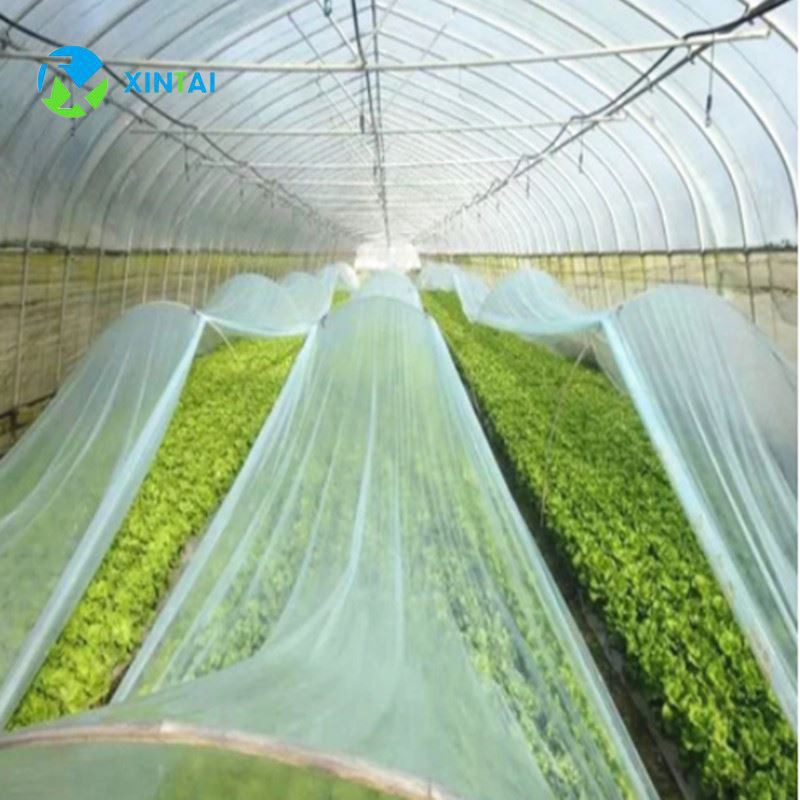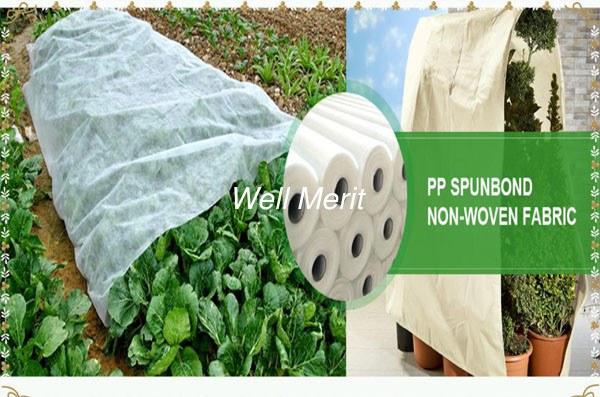
Non-Woven Industry Development It is less heavy than plastic fabrics and has better ventilation. It is frequently used in medical, sanitary and filtering products, as well as in engineering applications like facial towels, sanitary napkins and filters. Non-woven fabrics can be used in vegetable production to guard against the effects of cold. While non-woven fabric production is more complicated than plastic film, the ingredients are basically identical. This includes polyvinyl chloride (PVC) and PE (polyethylene), EVA copolymer (Ethylene Vinyl Acetate), PVA/polyvinyl alcoholand many more. The standard plastic film is made by melting the plastic after that inflating it. It is a continuous film. It is able to stretch for a long time. It is smooth and has no pores. It is a non-permeabil film that prevents any movement or exchange of molecules. Artificial chemical fibers, created from the mentioned raw materials, have become the hottest item in the world of textiles. They can be used to make cloth using traditional warp and weave weaving. The non-woven material is made by interconnecting fibers within the same plane, at various angles in all directions. It's impossible to use traditional methods of warp and weave. It offers better material properties and is more easy to manufacture than traditional woven materials. The traditional process of drawing fibers into fibers and then weaving is eliminated, and the production cost is much lower. In the past few years, nonwoven fabrics are increasingly used in the fashion industry. Because of advances in the field of materials technology as well as the advancement of production technology non-woven fabrics have become more versatile and is employed more frequently. Every day , we are exposed to different materials and products. Because of their lightweight and easy production, non-woven materials have been gaining popularity in the field of agriculture. Look at this non woven weed fabric for recommendations.

Non-Woven Fabrics in the Agricultural Industry. Non-woven textiles first became popular in Europe in the year 1978. They were utilized to keep the carrots warm during early harvesting and to stop the spread of tomato leaf virus and whiteflies. Non-woven fabrics used in the United States to mulch cantaloupes. Sweet peppers. tomatoes. Root vegetables. Carrots. Radishes. Cabbage. Lettuce. It is mostly used for heat preservation, early harvesting, and for insect control. Non-woven materials are often used to cover surfaces, such as grass-proof mats. In order to ensure that roots completely absorb water, the short fibers can also be used to create water-absorbing blankets. They can be used for the ground medium for the production of turf. They can also be used as plant bags for larger woody species like fruits trees and garden trees. In Taiwan, in addition to the above-mentioned functions Non-woven fabrics are also used in crop covering. These are used extensively to regulate greenhouses' climate and help conserve energy. Double-layered canopy and cover curtains cut down on the solar radiation and heat loss at nights. High-density spun-bonded non-woven TAVIK fabrics were employed in the beginning to shade and protect cauliflower bulbs. Because of its superior shading capacity, lower thermal conductivity and simple recycling, it was swiftly welcomed by farmers. It was later used in the preservation of shade and the protection of leaf vegetables, as in the cultivation and protection of pineapples and fruit trees. The development of non-woven industries is slow because of Taiwan's unique ecosystem and climate. Taiwan's nonwoven fabric manufacturers keep innovating nonwoven technologies. This includes water absorption, air permeability, as well as water repellency. It has increased its studies to improve its capacity to store and preserve agricultural products, and hopes it will be able develop new applications. Look at this pp agricultural nonwoven fabric for tips.
